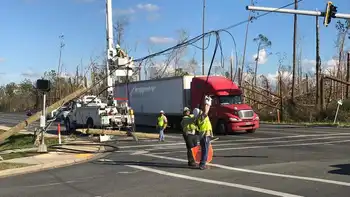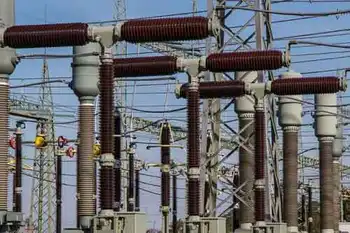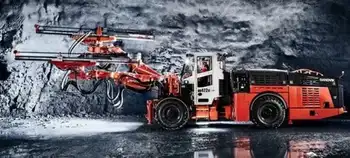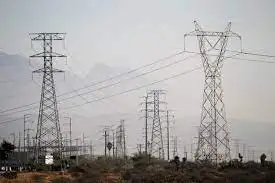Electric mining equipment enables zero-emission, diesel-free operations at Goldcorp's Borden mine, using Sandvik battery-electric drills and LHD trucks to cut ventilation costs, noise, and maintenance while improving underground air quality.
Key Points
Battery-powered mining equipment replaces diesel, cutting emissions and ventilation costs in underground operations.
✅ Cuts diesel use, heat load, and noise in underground headings.
✅ Reduces ventilation infrastructure and operating expense.
✅ Improves air quality, worker health, and equipment uptime.
Mining operations get a lot of flack for creating environmental problems around the world. Yet they provide much of the basic material that keeps the global economy humming. Some mining companies are drilling down in their efforts to clean up their acts, exploring solutions such as recovering mine heat for power to reduce environmental impact.
As the world’s fourth-largest gold mining company Goldcorp has received its share of criticism about the impact it has on the environment.
In 2016, the Canadian company decided to do something about it. It partnered with mining-equipment company Sandvik and began to convert one of its mines into an all-electric operation, a process that is expected to take until 2021.
The efforts to build an all-electric mine began with the Sandvik DD422iE in Goldcorp’s Borden mine in Ontario, Canada.
Goldcorp's Borden mine in Borden, Ontario, CanadaGoldcorp's Borden mine in Borden, Ontario, Canada
The machine weighs 60,000 pounds and runs non-stop on a giant cord. It has a 75-kwh sodium nickel chloride battery to buffer power demands, a crucial consideration as power-hungry Bitcoin facilities can trigger curtailments during heat waves, and to move the drill from one part of the mine to another.
This electric rock-chewing machine removes the need for the immense ventilation systems needed to clean the emissions that diesel engines normally spew beneath the surface in a conventional mining operation, though the overall footprint depends on electricity sources, as regions with Clean B.C. power imports illustrate in practice.
These electric devices improve air quality, dramatically reduce noise pollution, and remove costly maintenance of internal combustion engines, Goldcorp says.
More importantly, when these electric boring machines are used across the board, it will eliminate the negative health effects those diesel drills have on miners.
“It would be a challenge to go back,” says big drill operator Adam Ladouceur.
Mining with electric equipment also removes second- or third-highest expenditure in mining, the diesel fuel used to power the drills, said Goldcorp spokesman Pierre Noel, even as industries pursue dedicated energy deals like Bitcoin mining in Medicine Hat to manage power costs. (The biggest expense is the cost of labor.)
Electric load, haul, dump machine at Goldcorp Borden mine in OntarioElectric load, haul, dump machine at Goldcorp Borden mine in Ontario
Aside from initial cost, the electric Borden mine will save approximately $7 million ($9 million Canadian) annually just on diesel, propane and electricity.
Along with various sizes of electric drills and excavating tools, Goldcorp has started using electric powered LHD (load, haul, dump) trucks to crush and remove the ore it extracts, and Sandvik is working to increase the charging speed for battery packs in the 40-ton electric trucks which transport the ore out of the mines, while utilities add capacity with new BC generating stations coming online.
Related News












